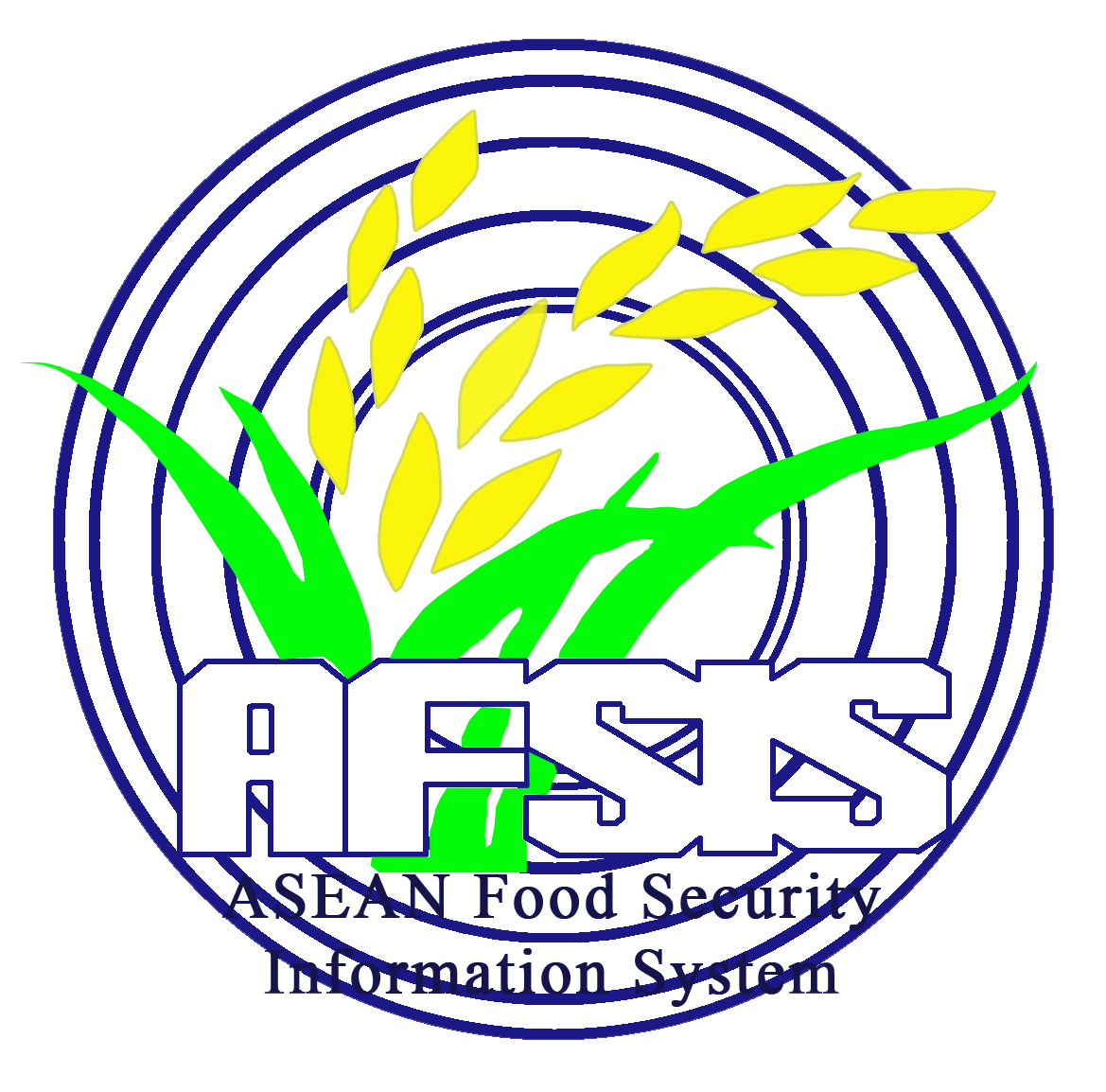

Monsoonal Flooding
Myanmar
On 07 August 2024
Source: (1)ASEAN Coordinating Centre for Humanitarian Assistance, National Disaster Risk Reduction and Management Council. (2)Department of Agricultural Land Management and Statistics, Ministry of Agriculture [SLRD], Myanmar.
References:
Heavy monsoon rains from August 7 to 10, 2024, have led to significant flooding across 14 regions in Myanmar, with over 500,000 hectares of land impacted. The Department of Meteorology and Hydrology (DMH) warns of further weather challenges, including potential La Niña conditions.
The intense rainfall, fueled by the monsoon, has caused severe flooding across Myanmar, affecting regions such as Nay Pyi Taw, Kachin, Kayin, Sagaing, Tanintharyi, Bago, Magway, Mandalay, Mon, Rakhine, Yangon, Ayeyarwady, and Shan. The Department of Meteorology and Hydrology (DMH) reports the possible formation of a low-pressure area over the Bay of Bengal, with rain or thundershowers expected to exceed normal levels in Northern Shan from August 1 to 10, 2024. Additionally, extended periods of rain are anticipated in Naypyitaw, Upper Sagaing, Bago, Yangon, Ayeyarwady, Taninthayi, Kachin, Shan, Chin, Rakhine, Kayah, Kayin, and Mon.The ASEAN Specialized Meteorological Center (ASMC) forecasts the development of La Niña conditions between August and September 2024, potentially bringing wetter and cooler weather to the ASEAN region, further complicating the situation.
According to the Settlement and Land Records Department (SLRD), as of August 10, 2024, monsoonal flooding has affected 13 regions, with a total of 504,030 hectares of land flooded. Of this, 231,910 hectares have been impacted, and 71,235 hectares have suffered damage.
Efforts to mitigate the damage are ongoing, with information on flooded, affected, and damaged areas being collected and disseminated promptly by the Settlement and Land Records Department. Regional and state governments, alongside relevant ministries and departments, are implementing countermeasures to manage the flooding. Despite the severity of the situation, systematic efforts by regional and state governments are expected to minimize the impact on agricultural production. Assistance from international governments or organizations has not yet been reported, but local authorities are continuing their efforts to manage the crisis effectively.
Download word file: MONSOONAL FLOODING MYANMAR 07 Aug 2024

On Sunday, November 3, 2024, at 22:57 WITA, Mount Lewotobi Laki-Laki, one of Indonesia’s 120 active volcanoes, erupted on the island of Flores in East Nusa Tenggara province, The eruption, lasting 24 minutes (1,450 seconds), was recorded with a massive amplitude of 47.3 mm. According to Indonesia's National Disaster Management Agency, a strong eruption sent ash up to 2,000 meters (6,500 feet), affecting over 10,000 people. Smaller eruptions followed on November 5-6. In response, the Center for Volcanology and Geological Hazard Mitigation (PVMBG) raised the volcano’s alert status to “Awas” (Level IV), indicating a high danger level.

On November 12, 2024, Dr. Sumanya Nagdee, AFSIS Manager, participated in the Completion and Handover Ceremony for the project "Establishing Real-Time ASEAN Food Security Information System (AFSIS) and Development of Human Resources 3rd Phase – Pilot Project on Strategic Crop Forecasting System for Food Security in Indonesia." The event, which took place in Jakarta, Indonesia, was supported by the Government of the Republic of Korea and This meeting was chaired by Ms. Intan Rahayu, Director of the Center of Agricultural Data and System Information (CADIS) under Indonesia's Ministry of Agriculture, and Mr. An Jaerok, Vice President of EPIS from South Korea, along with representatives from various sectors.

According to the Mekong River Commission (MRC), heavy rain may cause flash floods and overflows, particularly in foothill and mountainous areas, affecting regions including Gia Lai and Kon Tum in Vietnam, as well as Bolikhamxay, Khammuane, Savannakhet, Salavane, Sekong, Champasak, and Attapeu in Laos, and Ratana Kiri and Stung Treng in Cambodia.

Severe Tropical Storm TRAMI (Local Name: Kristine) Causes Heavy Rainfall, Landslides and Widespread Flooding in the Philippines On October 22, 2024, Tropical Storm Kristine unleashed heavy rainfall, leading to severe flooding in multiple provinces. As of October 29, the National Disaster Risk Reduction and Management Council (NDRRMC) reported extensive damage to agricultural lands and infrastructure, prompting evacuations and relief efforts to assist affected communities. Local authorities are mobilizing resources to provide assistance and manage the unfolding disaster. As of October 30, the latest situation indicates that two cyclones struck the Philippines in quick succession, with Typhoon Leon entering the Philippine area of responsibility on October 26, just one day after Kristine departed.
Visitor Info 308800 | Today 277 | Yesterday 438 | This week 3222 | This Month 8783 | Total 308800
Copyright 2017. ASEAN Plus Three
Food Security Information System Rights Reserved.